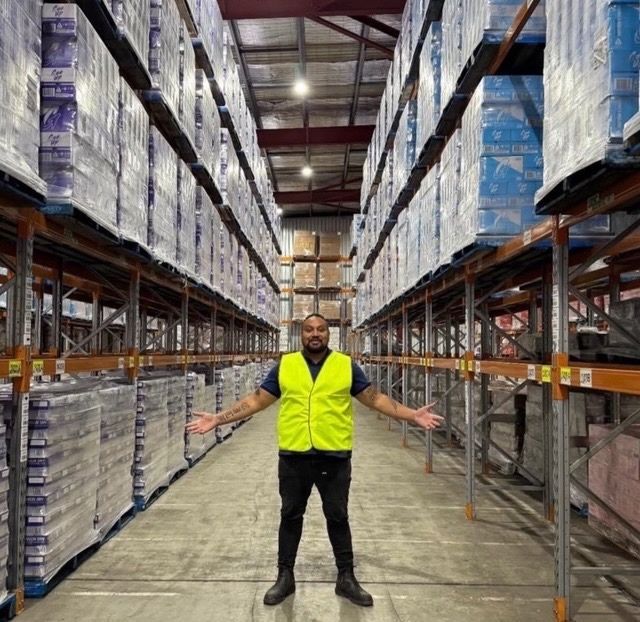How Vendor Replenishment Planning Improves DIFOT and Reduces Write-Offs
For FMCG brands, nothing damages retailer trust faster than missed deliveries or excess write-offs. Vendor Replenishment Planning (VRP) is one of the most effective ways to improve DIFOT (Delivered In Full, On Time) while reducing costly waste.
DIFOT – The Retailer Benchmark
Retailers like Coles and Woolworths measure suppliers by their ability to deliver stock exactly when needed. A consistently high DIFOT score means:
- Stronger supplier-retailer partnerships
- More opportunity for promotional activity
- Reduced penalties and fewer compliance issues
How a VRP and ISP can Improve DIFOT
VRP’s and ISP’s provided real-time replenishment insights, allowing suppliers to:
- Respond quickly to changes in demand
- Prevent out-of-stock situations before they occur
- Avoid over-ordering by maintaining lean inventory
When used effectively, a replenishment planner keeps shelf availability high and protects sales revenue.
Cutting Write-Offs With Smarter Planning
Excess stock often leads to heavy write-offs, particularly in categories with short shelf lives. By aligning replenishment orders with real demand signals, VRP helps brands:
- Minimise overproduction
- Reduce excess warehouse storage costs
- Improve working capital utilisation
A Strategic Advantage for FMCG Suppliers
Adopting the VRP/ISP model isn’t just about compliance - it’s about profitability. When suppliers embed replenishment into their overall supply chain strategy, they unlock cost savings and reduce business risk.
For many brands, this means bringing in a Vendor Replenishment Planner (VRP), Integrated Supply Planner (ISP) or leveraging Fractional Supply Chain Management expertise to drive results.
Final Thought
VRP is more than a retailer requirement - it’s a competitive advantage. Suppliers who embrace VRP see higher DIFOT scores, stronger relationships, and fewer write-offs which is a winning formula for growth.












